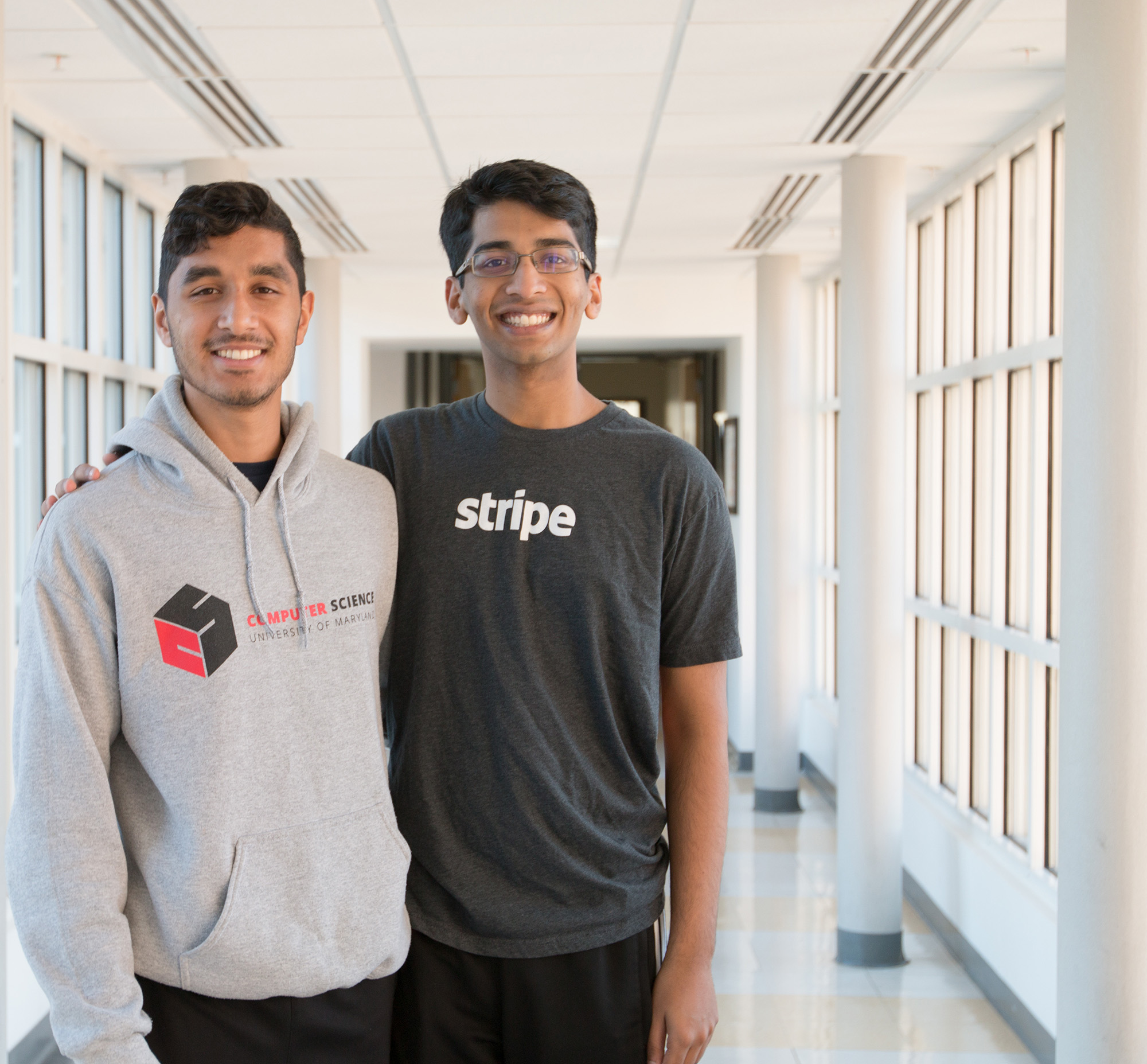Student-taught classes at the University of Maryland have expanded from seven to 15 classes this semester across seven departments.
The Student-Initiated Course program was founded by two computer science students, Ishaan Parikh and Sashank Thupukari in spring 2017, beginning with one class and expanding to seven classes by the fall.
The program allows students to create and teach their own one- or two-credit course, with guidance from faculty in each department. Typically, two students will lecture a class of anywhere from seven to 30 students. Each class has a faculty adviser, whose involvement in the class varies.
The first student-run class at this university, “Full-stack Web Development with Node.js,” was taught last spring by Parikh, a junior, and Thupukari, a sophomore.
[Read more: Two UMD courses will have free online textbook access in the fall]
The duo wanted to find a way to combine going to class and learning interesting topics from other students, Parikh said, and they didn’t want the concept to just be limited to the computer science department. Additionally, students know how fellow students learn, he said, which is a major benefit of the STIC program because facilitators can construct classes to best cater toward other students.
Ashlyn Nikles, a freshman biology major and a student in the STIC course, “The Role of Evidence-Based Environmental Advocacy in Environmental Politics,” within the environmental science and policy department, said she enjoys being taught by another student in a classroom setting.
“I think that they understand students better than some professors do and I think students have a real passion for a lot of subjects,” Nikles said.
Nikles is taught by Margaret Houlihan, a junior civil engineering major, and Camilla Arias, a junior environmental science and policy major. Houlihan and Arias wanted to teach this class because they are passionate about the environment and thought it was an area missing from the suite of student-taught classes offered, Houlihan said.
STIC courses encourage participation because talking to student teachers is less intimidating than talking to a professor, Arias said.
“The major benefit, at least from what we’ve heard back … from students, is that particularly because this is a discussion-based course, they feel a lot more comfortable participating in class,” Houlihan said.
Not only do STIC classes help the students being taught, it also provides great benefit to the student teacher, computer science professor Dave Levin said. He currently advises the STIC class “Introduction to Ethical Hacking.”
[Read more: UMD’s comp sci classes are getting more open seats, thanks to one student’s petition]
“I’ve found that it allows them to get more engaged in their major and in their department … and in ways that even being a TA doesn’t necessarily achieve,” Levin said.
He added that the STIC program is especially helpful to the computer science department because of the growing amount of students enrolling and a shortage of teachers in the major.
“Students, at least in computer science, are in larger and larger classes and it makes that level of engagement and the ability to have somewhat more open-ended, free-form discussions and free-form projects harder and harder to achieve,” Levin said.
Student-taught classes fight this problem by broadening the amount of classes a student can pick from and creating smaller classes with more depth on certain topics, Levin said.
Out of the 15 student-run classes being taught this semester, nine are in the computer science department. More STIC classes will be offered next semester, Parikh said, though the course list is yet to be finalized.



